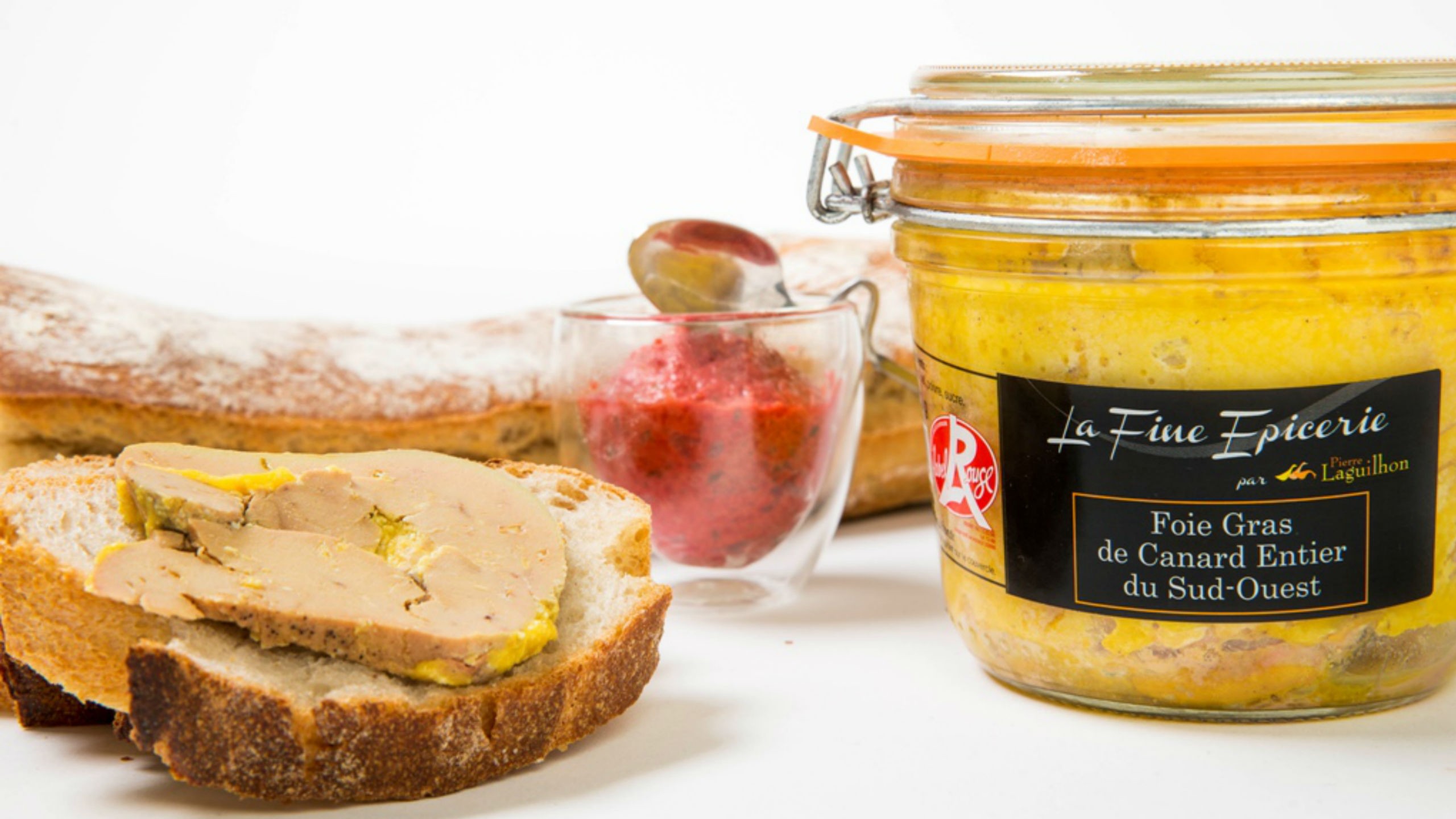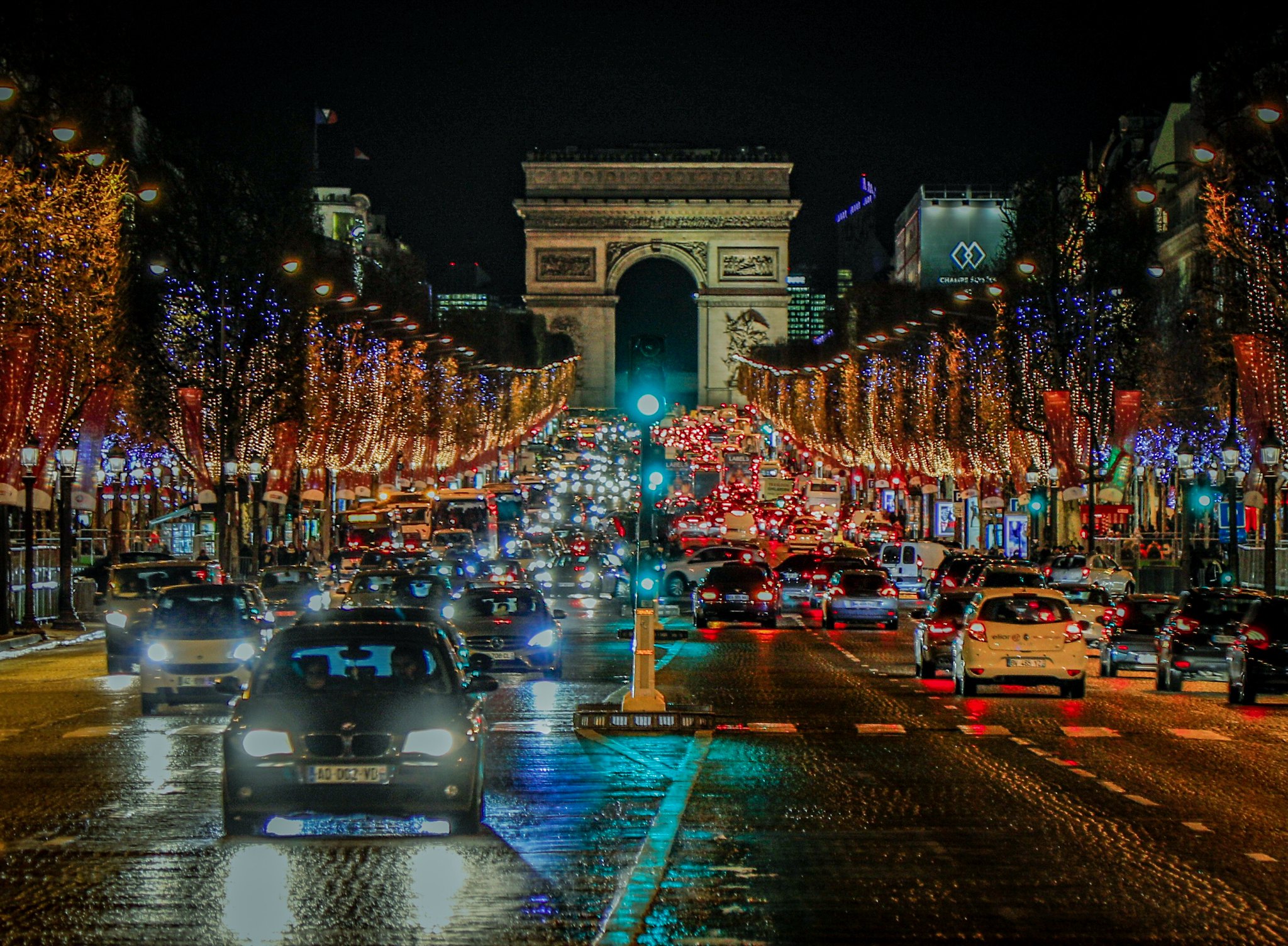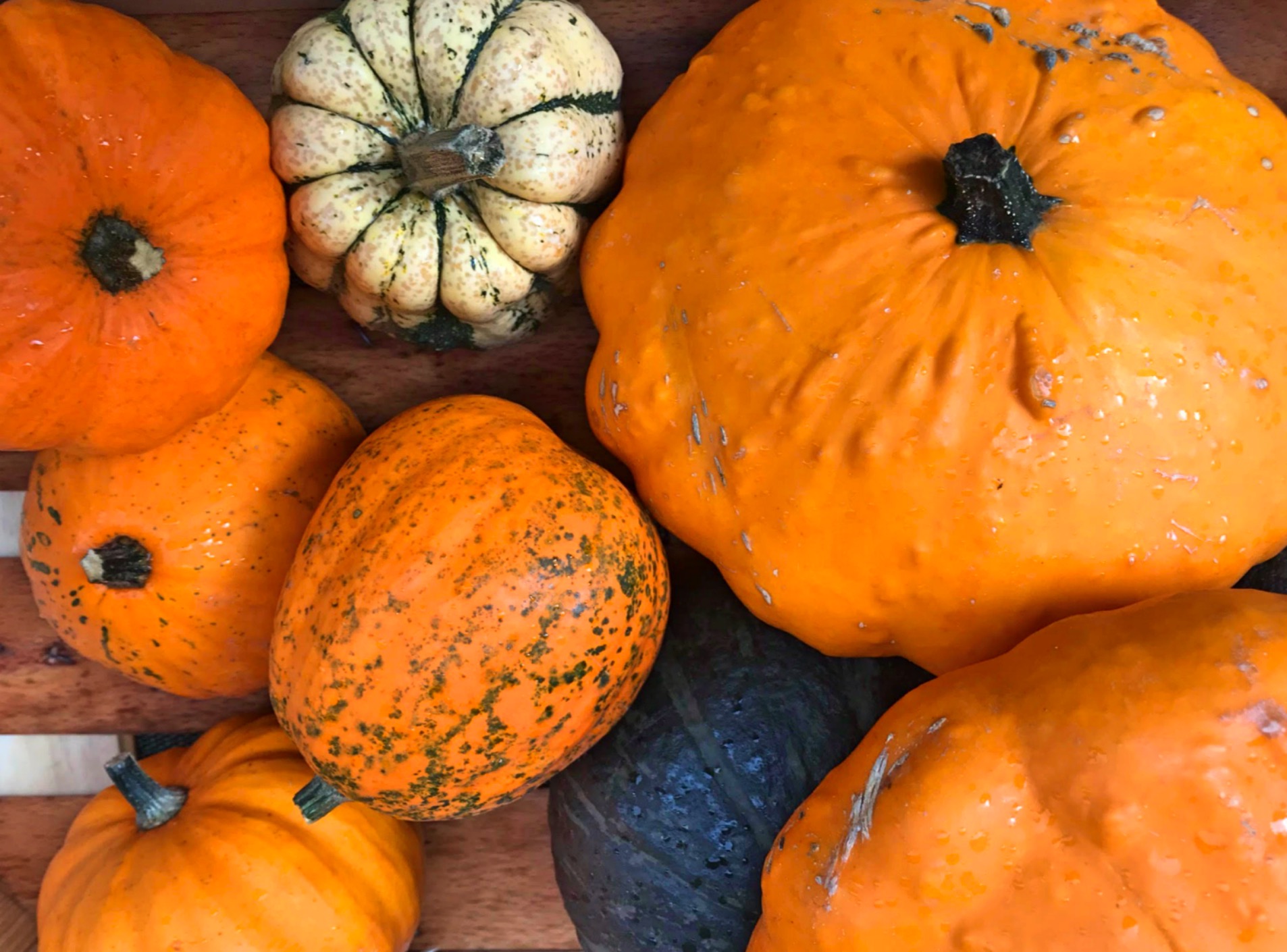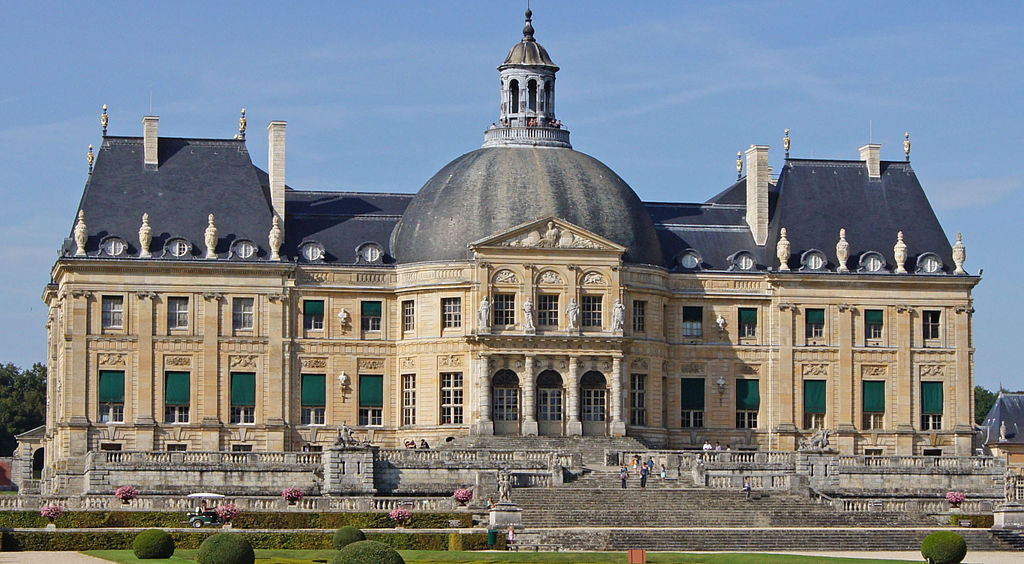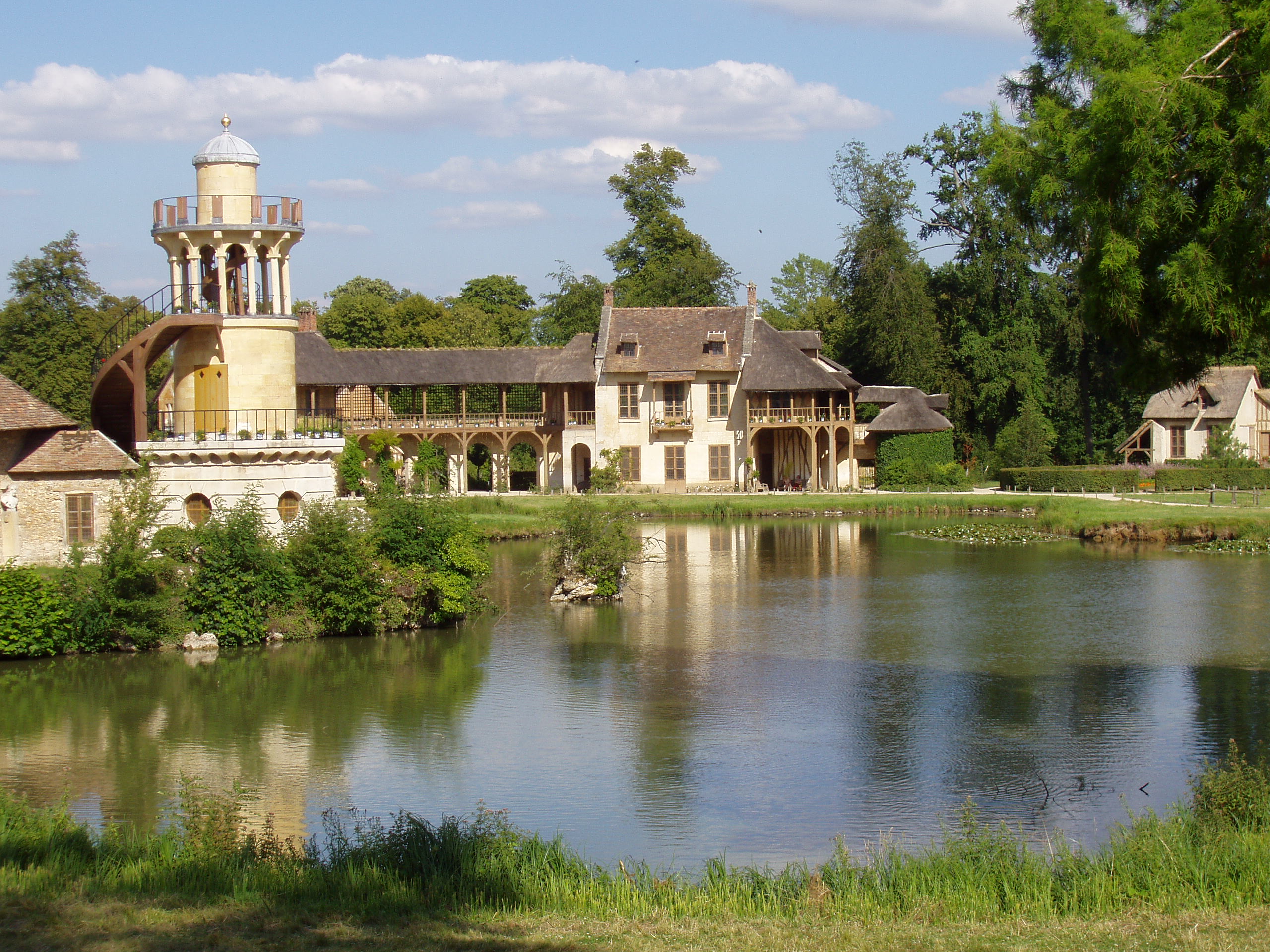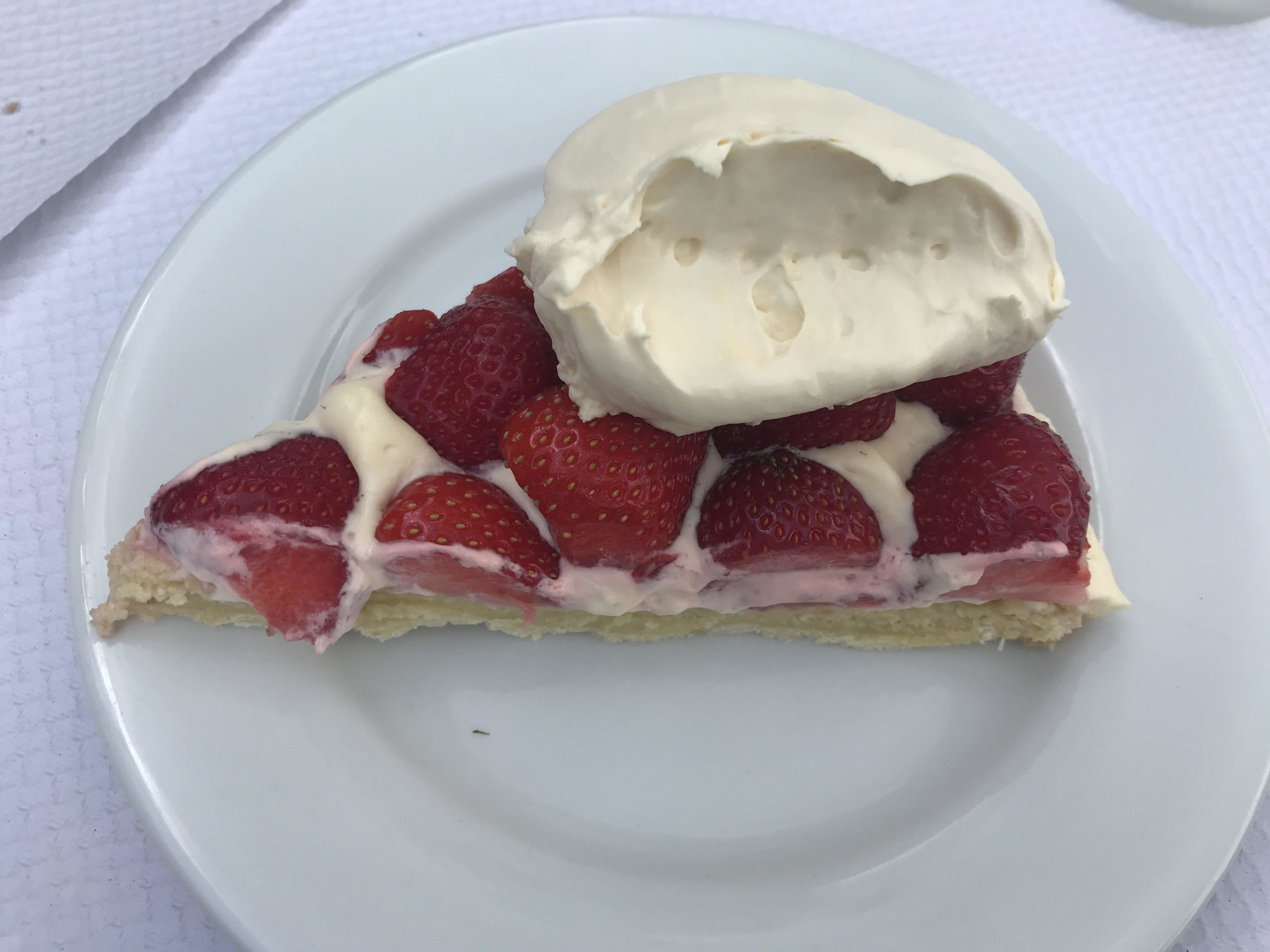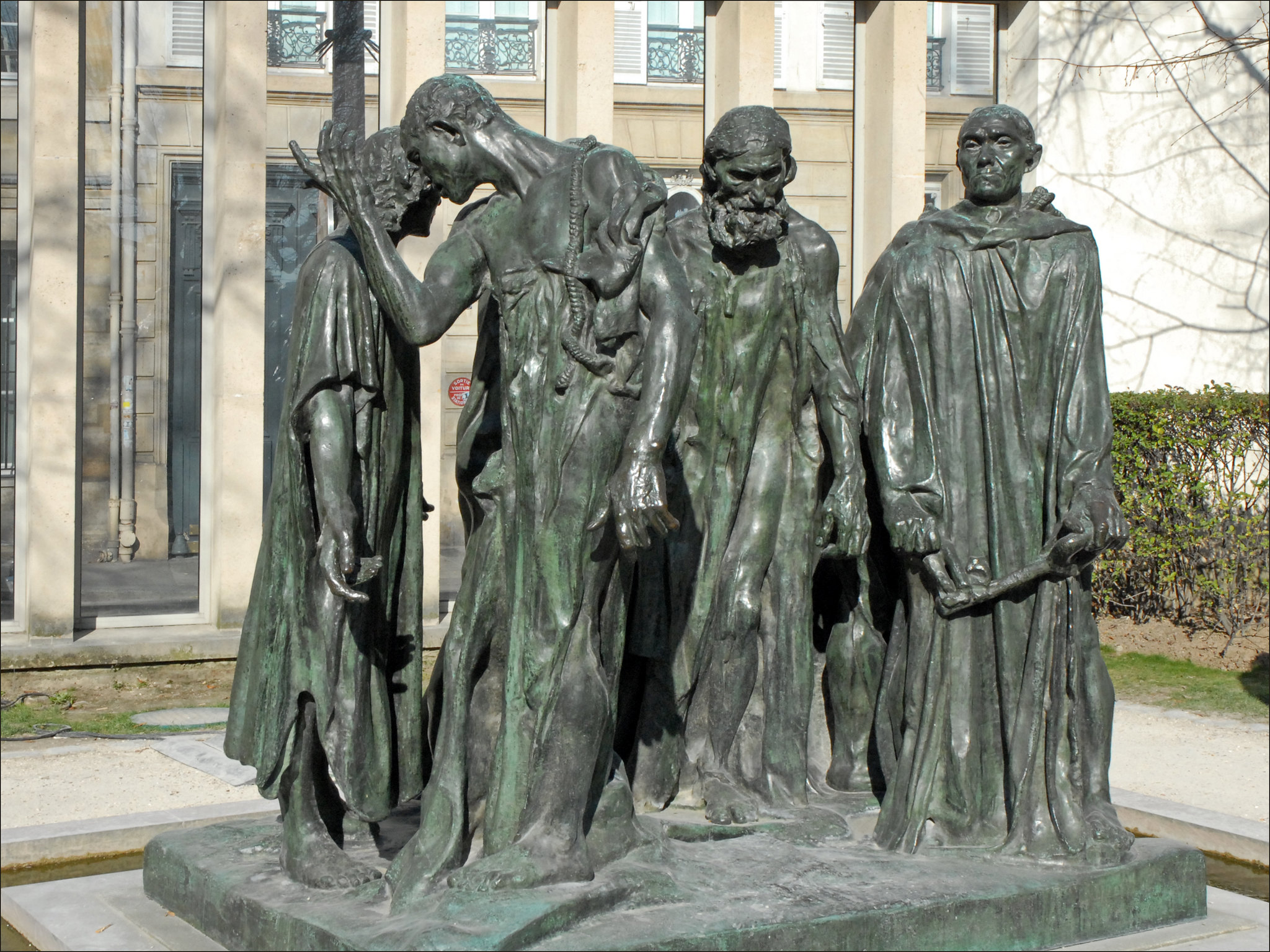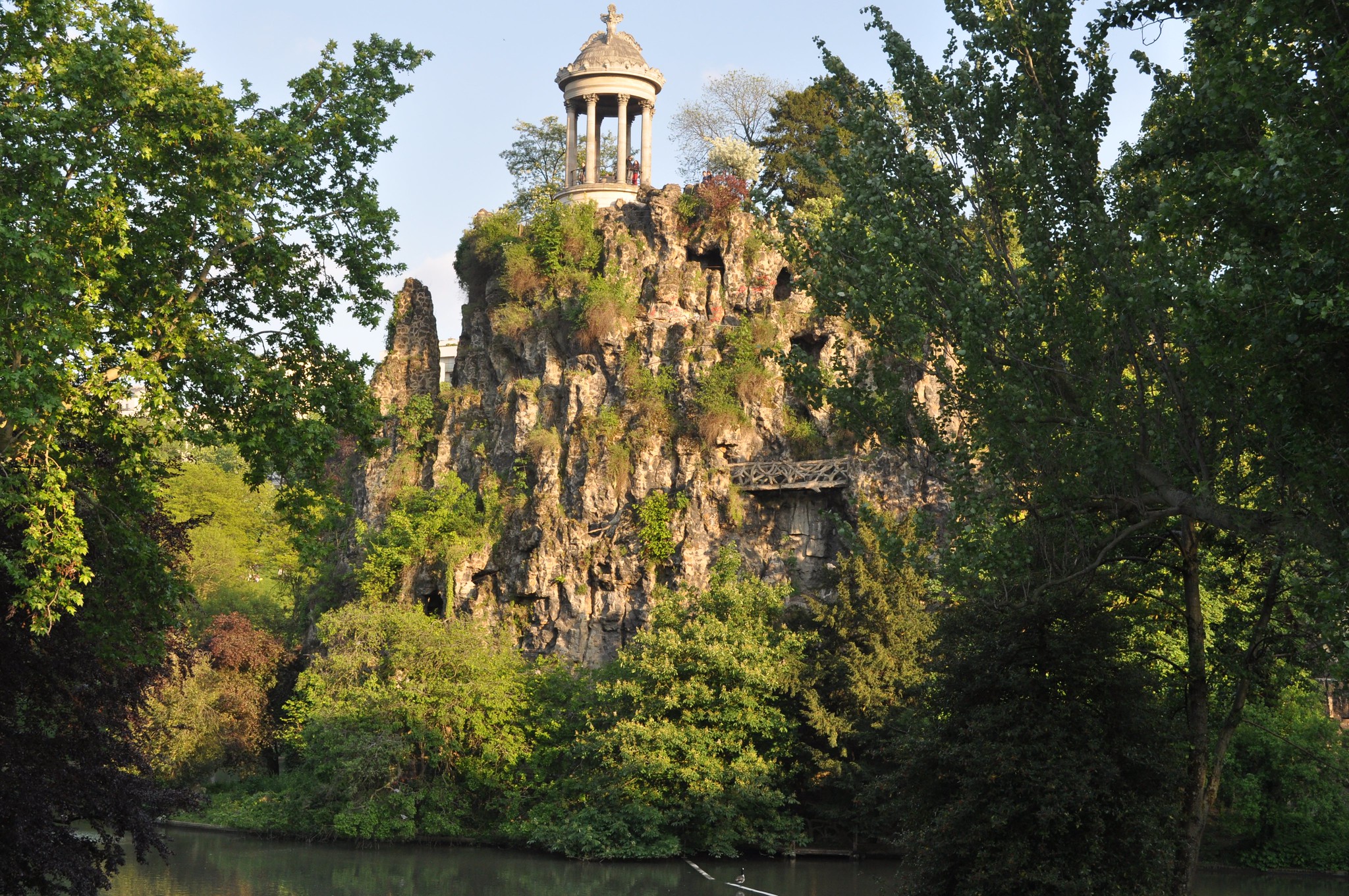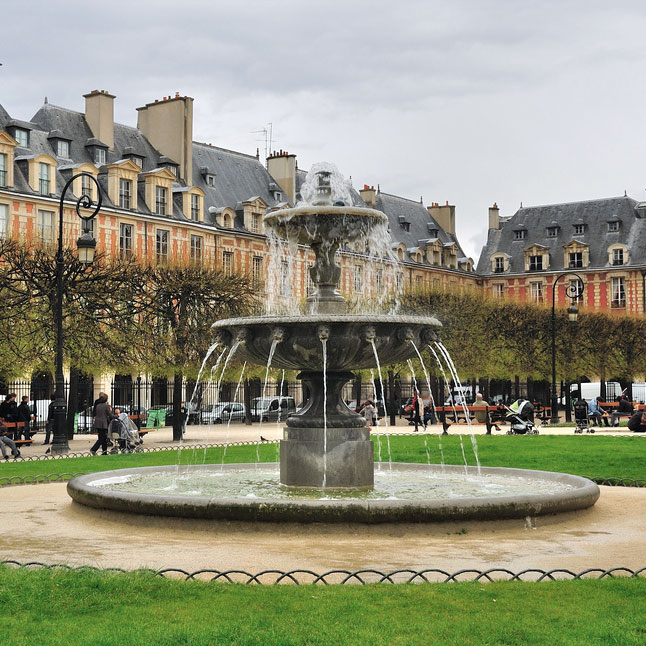https://www.picturesquevoyages.com/wp-content/uploads/2020/11/2116222436_8d871dfd16_b.jpg
667
1000
admin8800
https://www.picturesquevoyages.com/wp-content/uploads/2019/02/picturesquevoyageslogo-300x68-2-300x68.png
admin88002020-11-21 11:42:272020-12-15 16:44:00Foie Gras, France’s Favorite Holiday Delicacy
https://www.picturesquevoyages.com/wp-content/uploads/2020/11/38401126714_312ffa9774_k.jpg
1504
2048
admin8800
https://www.picturesquevoyages.com/wp-content/uploads/2019/02/picturesquevoyageslogo-300x68-2-300x68.png
admin88002020-11-20 14:56:242020-11-21 14:30:16Surprising Stories: Les Champs-Elysées, from Allée to Avenue
https://www.picturesquevoyages.com/wp-content/uploads/2020/10/pumpkins-1.jpg
1410
1906
admin8800
https://www.picturesquevoyages.com/wp-content/uploads/2019/02/picturesquevoyageslogo-300x68-2-300x68.png
admin88002020-10-07 14:58:252020-10-07 15:01:55Les Potirons, France's History and Love of Pumpkins
https://www.picturesquevoyages.com/wp-content/uploads/2020/08/Feu-d-artifice-Vaux-le-Vicomte-630x405-C-DR.jpg
405
630
admin8800
https://www.picturesquevoyages.com/wp-content/uploads/2019/02/picturesquevoyageslogo-300x68-2-300x68.png
admin88002020-08-15 13:32:242020-08-16 13:37:47Vaux-le-Vicomte and the Famous Fête which Sparked Versailles
https://www.picturesquevoyages.com/wp-content/uploads/2019/01/hameau-reine.jpg
567
567
admin8800
https://www.picturesquevoyages.com/wp-content/uploads/2019/02/picturesquevoyageslogo-300x68-2-300x68.png
admin88002020-07-24 11:44:492020-07-25 10:44:06Surprising Stories: Marie-Antoinette at the Hameau de la Reine
https://www.picturesquevoyages.com/wp-content/uploads/2020/06/unnamed-9-scaled-e1592814248407.jpg
1920
2560
admin8800
https://www.picturesquevoyages.com/wp-content/uploads/2019/02/picturesquevoyageslogo-300x68-2-300x68.png
admin88002020-06-22 12:52:202020-06-24 21:53:20Surprising Stories: Chantilly Cream
https://www.picturesquevoyages.com/wp-content/uploads/2020/06/5527575232_4b89eddce7_k.jpg
1536
2048
admin8800
https://www.picturesquevoyages.com/wp-content/uploads/2019/02/picturesquevoyageslogo-300x68-2-300x68.png
admin88002020-06-11 12:53:452020-06-11 12:53:45Surprising Stories: Rodin’s The Burghers of Calais: Resistance and Sacrifice
https://www.picturesquevoyages.com/wp-content/uploads/2020/05/23172689_1846991101985554_4815079057292183083_n.jpg
600
600
admin8800
https://www.picturesquevoyages.com/wp-content/uploads/2019/02/picturesquevoyageslogo-300x68-2-300x68.png
admin88002020-05-18 12:53:072020-05-19 10:18:43Surprising Stories: Fragile Flowers: Redouté, Prints and Porcelains
https://www.picturesquevoyages.com/wp-content/uploads/2020/05/photo-1586714027153-b014fb5f4d90.jpeg
500
667
admin8800
https://www.picturesquevoyages.com/wp-content/uploads/2019/02/picturesquevoyageslogo-300x68-2-300x68.png
admin88002020-05-09 09:41:142020-05-18 10:32:58Surprising Stories: The Buttes-Chaumont: A Model for a Green City
https://www.picturesquevoyages.com/wp-content/uploads/2018/06/place-des-vosges.jpg
567
567
admin8800
https://www.picturesquevoyages.com/wp-content/uploads/2019/02/picturesquevoyageslogo-300x68-2-300x68.png
admin88002020-04-28 15:41:182020-04-29 15:35:13Surprising Stories: La Place Des Vosges: Fashion and Architecture in the Marais
Scroll to top
